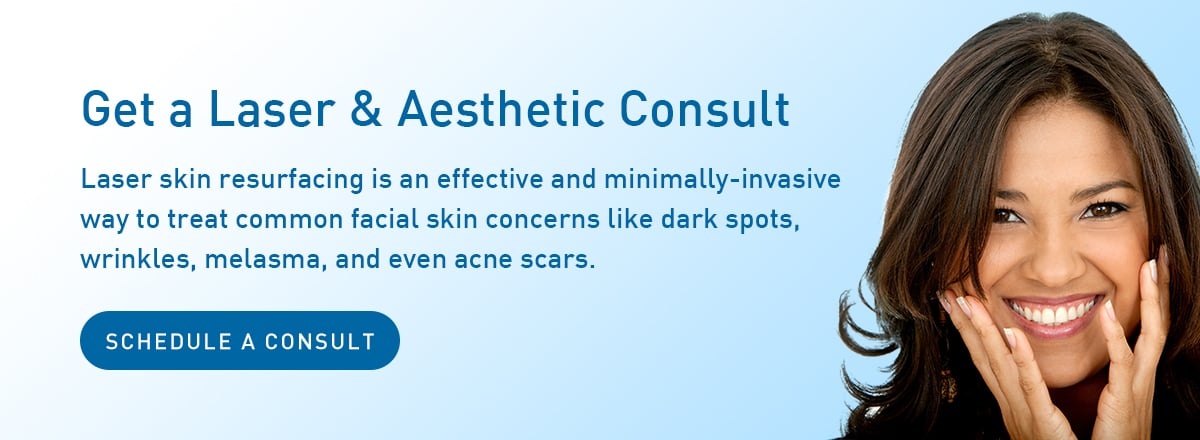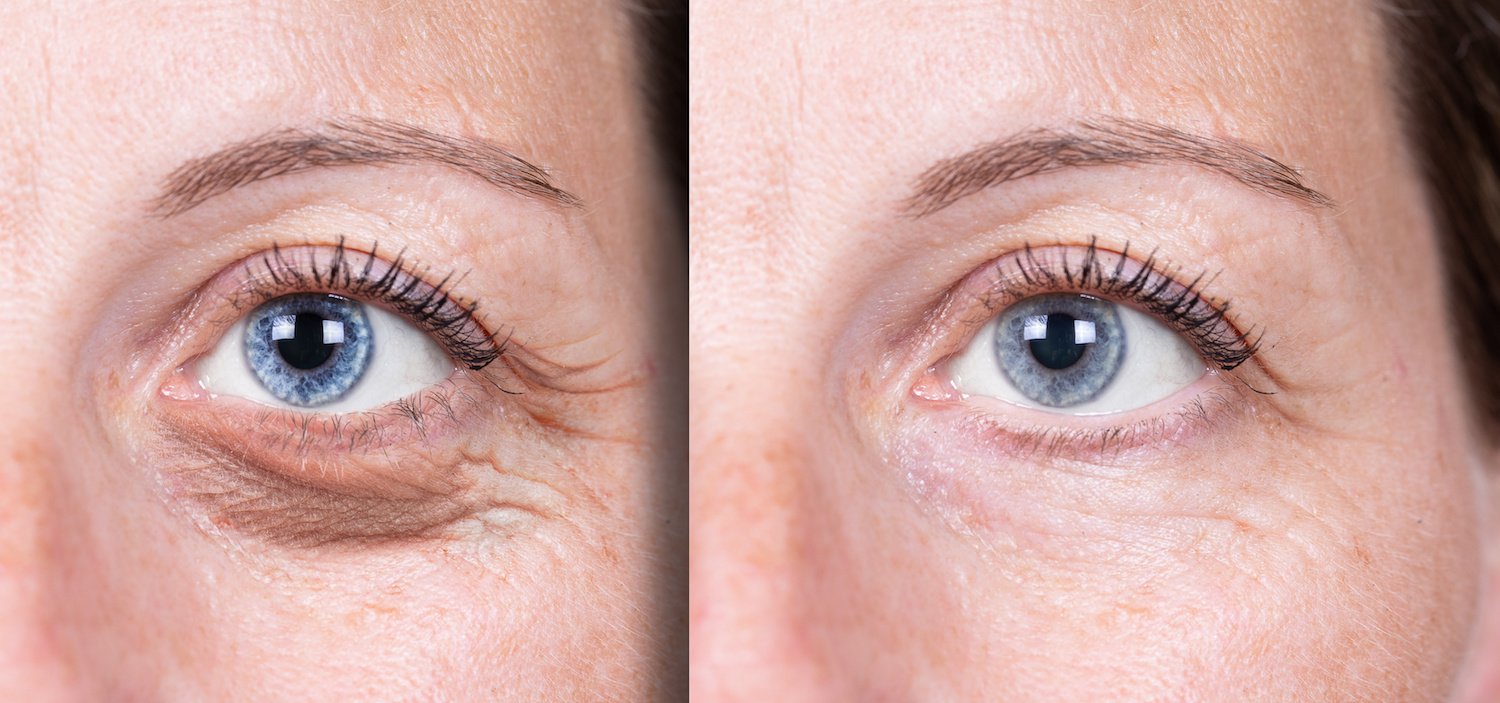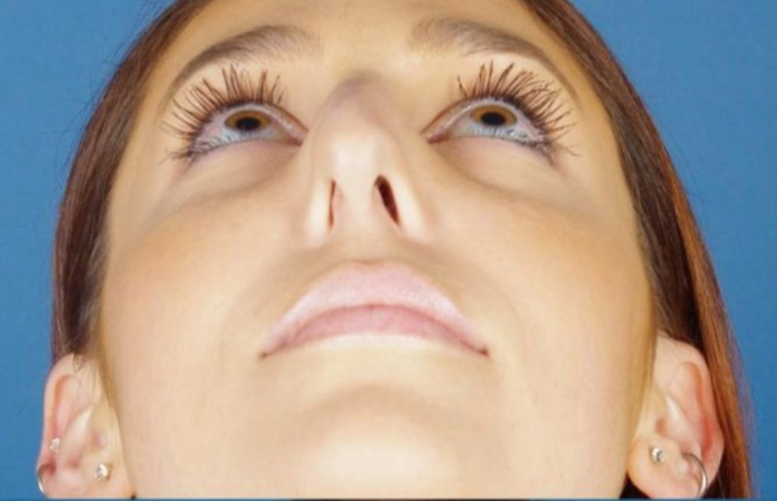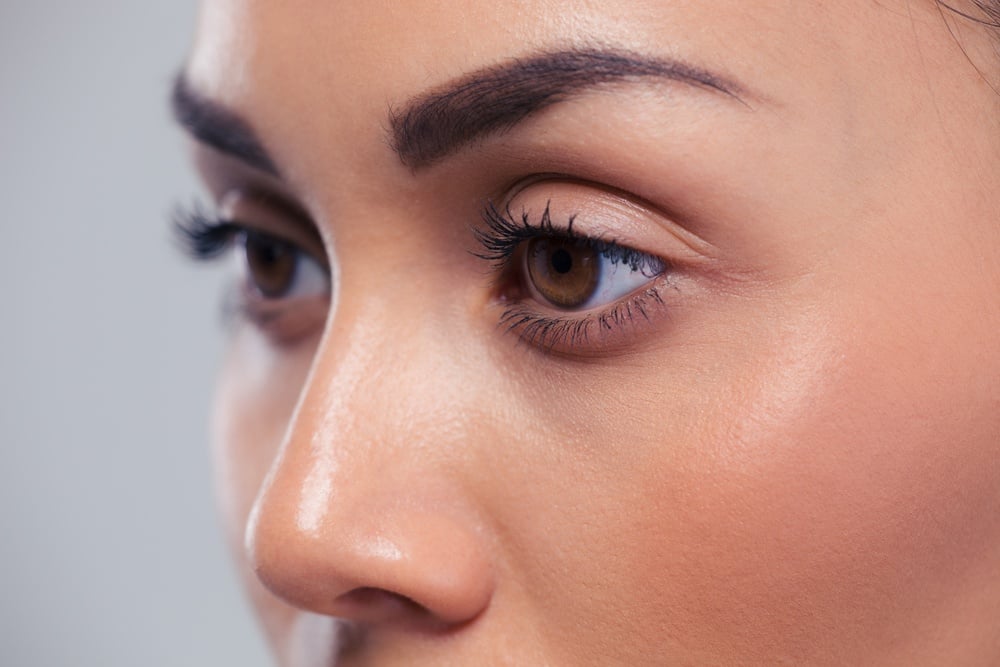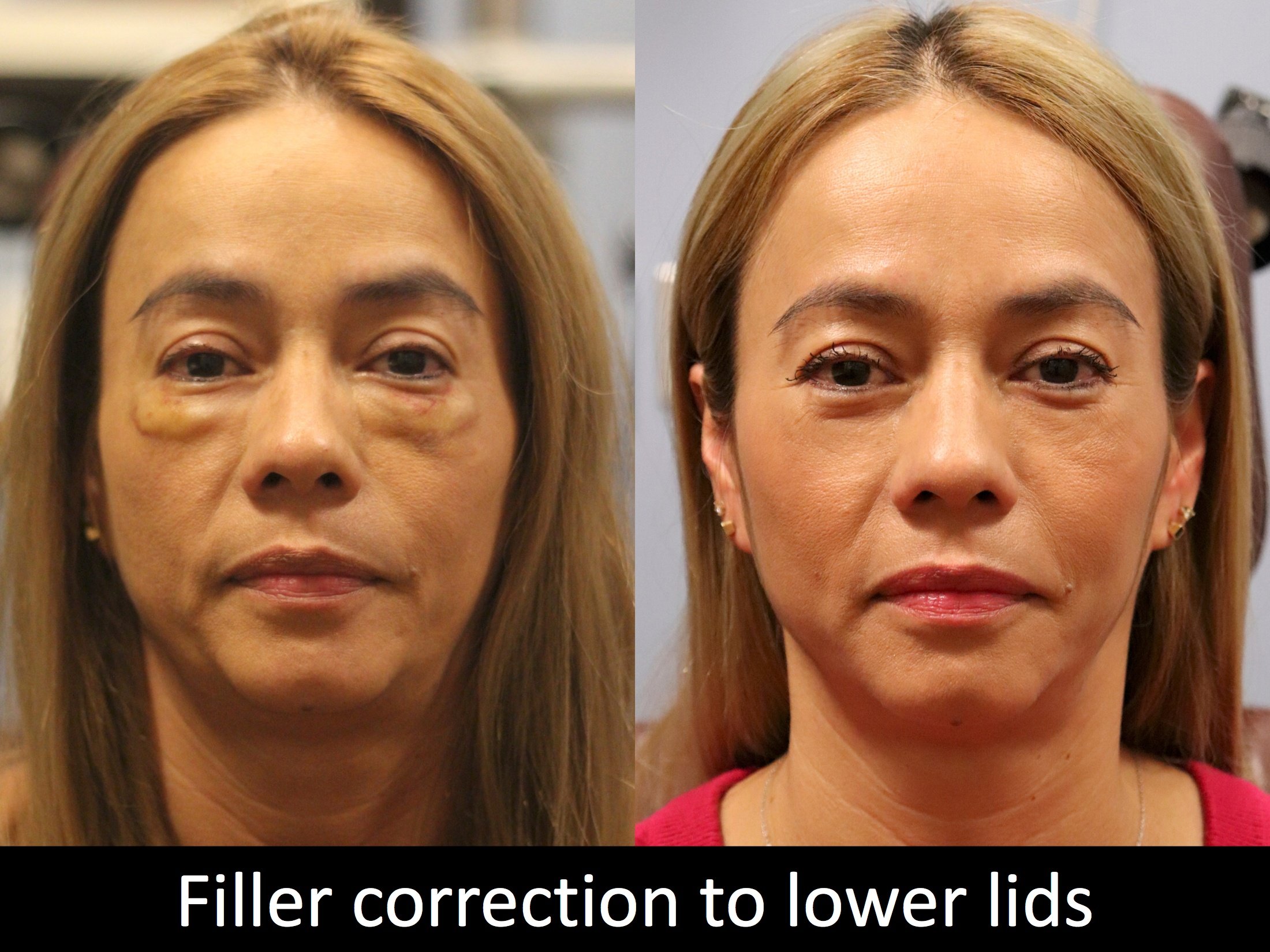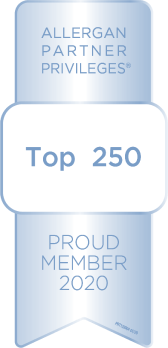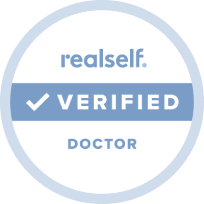The laser technology used in skin treatment is proven to effectively firm, tighten, and add radiance to your skin in a manner less invasive than traditional cosmetic surgery, making it a popular option for people with a variety of skin complaints. While the technology improves rapidly, it still feels new to many people, thus prompting questions about laser skin treatment risks. Highly trained providers can provide the most current laser treatments suitable to your skin to minimize any risk and maximize results.
Laser Skin Treatment Risks
As with any medical intervention, there are risks associated with laser skin treatment, including side effects such as pain, tingling, burning, itching, swelling, and redness, all of which should resolve within the projected healing period of 3 - 10 days. Additional risks include scarring and infection. Side effects resolve quickly with proper care, as does the risk of infection and scarring.
To minimize risk, your aesthetician or medical provider should conduct an exam and review your medical history. It is always a good idea to discuss expectations, potential risks and expected results of your laser treatment plan. Your provider will guide you in what habits and products to eliminate in anticipation of your treatment and what to do afterwards to ensure satisfactory results and minimal risk. One of the important issues is to make sure your provider is using the right laser.
Choosing the Right Laser Can Help to Mitigate Risks of Laser Skin Treatment
There are many kinds of lasers to treat concurrent skin issues, such as sagging skin combined with larger pore size, and some that stand out for treating one major skin concern. Most fall under one of two categories.
Ablative Lasers
Ablative lasers considerably improve the skin by removing its top layer. It may sound scary, but doing so bolsters collagen production as your skin heals creating dramatically more youthful, radiant skin. While the initial impact of ablative lasers is more traumatic to the skin, the result is a bit more dramatic than its counterpart, the non-ablative laser.
Non-Ablative Lasers
A popular option for people with sensitive skin, ablative lasers provide deep heat that goes beneath the top layer of skin without compromising its structure, still promoting an increase of collagen. The end result is tighter, smoother skin with less recovery time. With the right number of treatments, non-ablative lasers are a great option to achieve more youthful skin with a shorter recovery period. And with the right number of treatments, the results can be dramatic.
Aftercare is Essential to Mitigate Laser Skin Treatment Risks
One of the most important steps to lessening the impacts of laser skin treatment risks is making sure you are thoroughly educated on a sufficient post-treatment routine. Your laser skin treatment expert may suggest cold compresses for pain, adequate moisture, avoiding the sun and irritating skin care products, using SPF 30, and sleeping in a position that allows the treatment area to optimally heal.
Most patients can return to work almost immediately after their laser skin procedure, and by following staff recommendations, can camouflage any redness or apparent trauma with approved makeup.
- Acne
- Botox/Dermal Fillers
- Browlift
- Chemical Peels
- Chin Augmentation
- Consultation
- Denver Facial Plastic Surgeon
- Deviated Septum
- Eyelid Procedures
- Facelifts/Necklifts
- Headaches/Excessive Sweating
- Healthy Living
- Laser Hair Removal
- Laser Treatments
- Latisse
- MedSpa
- Memberships
- Microdermabrasion
- Nasal Valve Collapse
- Non-Surgical Procedures
- Rhinoplasty
- Skin Care
- Thread Lifts
- Wrinkle Treatments


